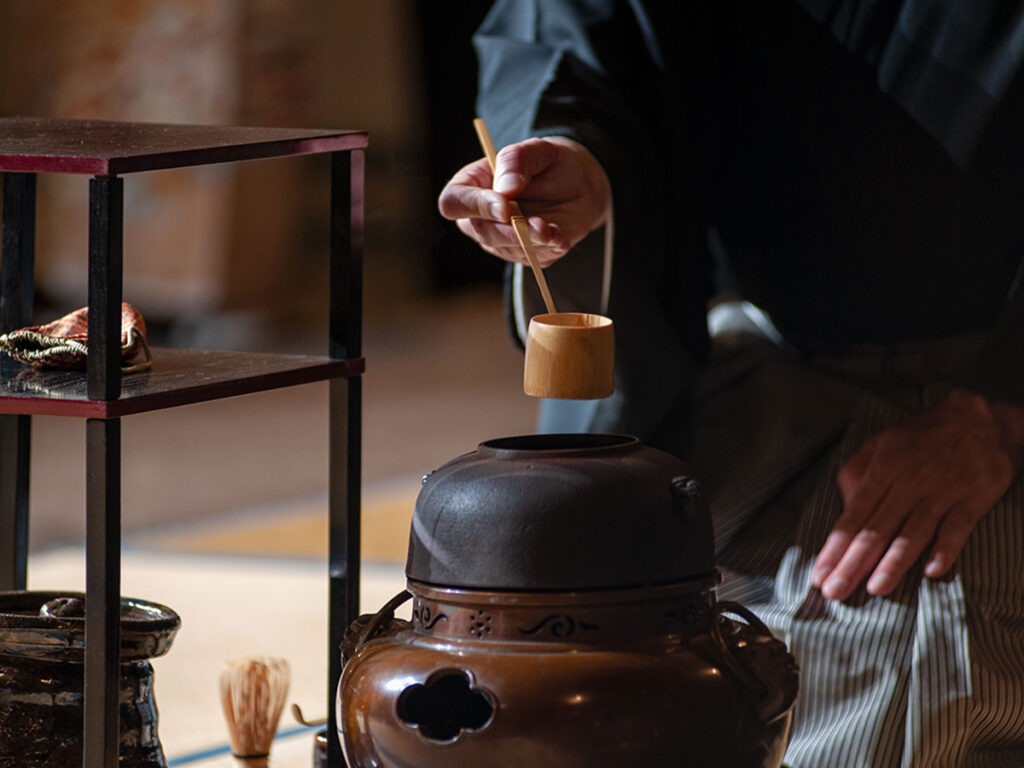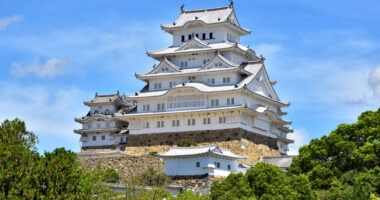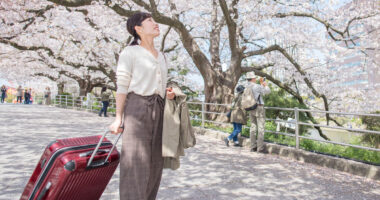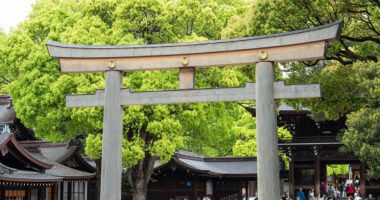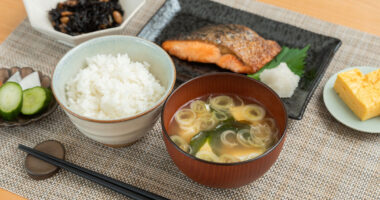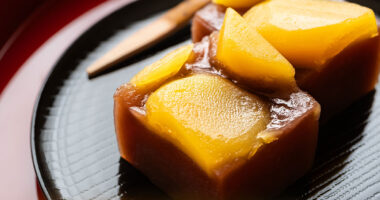The Japanese tea ceremony, or sadō, is more than just a ritual of drinking tea—it is a comprehensive art form that embodies the spirit of omotenashi (hospitality) and refined etiquette. The act of preparing and serving matcha to guests reflects a deep spiritual awareness of silence, harmony, respect, and purity.
This article introduces the key concepts, practical etiquette, and spiritual meaning of Japanese tea ceremony—what you should know before experiencing it during your stay in Japan. Discovering the world of the tea ceremony offers a gateway to understanding the depth of Japanese culture.
- The history and significance of Japanese tea ceremony
- Understanding the basic flow of Japanese tea ceremony
- Basic manners useful for tea ceremony experiences
- Utensils and spaces used in Japanese tea ceremony
- Touching the spirit of Japanese tea ceremony: the heart of omotenashi
- Practical tips beginners should know
- Summary
The history and significance of Japanese tea ceremony
Sado is said to be a traditional art that developed uniquely in Japan, based on tea culture introduced from China around the 8th century. At first, tea was consumed medicinally by monks and nobles, but its use evolved over time.
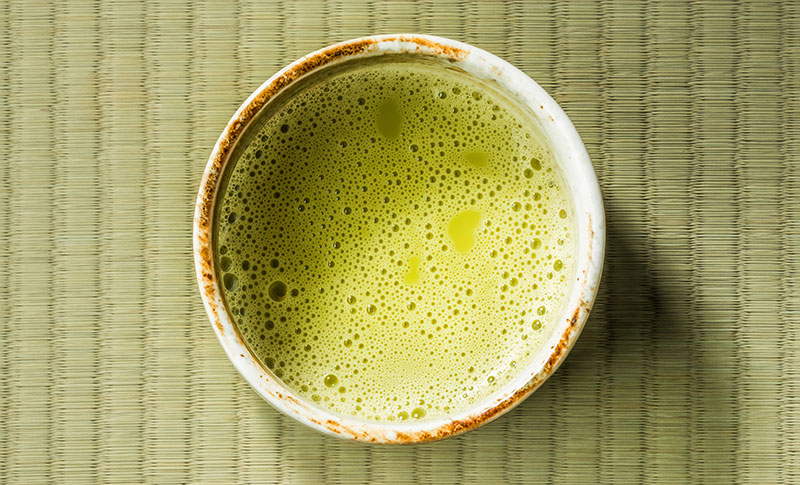
Photo for illustrative purposes
Origins and development of Japanese tea ceremony
During the Muromachi period (1336–1573), lavish tea-tasting gatherings called tōcha—where participants would competitively guess the origins of different teas—became popular. Under the influence of Zen Buddhism, these evolved into the simpler, more spiritual gatherings, which became the foundation of today’s sado.
This new approach was named wabi-cha. Wabi refers to finding profound beauty in simplicity and imperfection, while cha means tea. The spirit of wabi-cha, perfected by Sen no Rikyū, emphasizes this quiet spirituality over material luxury and is the ideal of sado today. His teachings branched into various schools including Omotesenke, Urasenke, and Mushakōjisenke, each developing in their own way.
Core principles: ichigo ichie and wakei seijaku
Two core philosophies guide the tea ceremony. The first is ichigo ichie, a belief that every meeting is a unique event to be treasured. The second is wakei seijaku, the four principles of harmony, respect, purity, and tranquility. These concepts, which are explored in more detail later in the article, are essential for transforming the simple act of drinking tea into a spiritual experience.
If you’re curious to learn more about the history of Japanese tea ceremony, we also recommend this article.
Understanding the basic flow of Japanese tea ceremony
There are formal tea gatherings called chaji, and simpler ones called chakai. Visitors to Japan usually experience the latter, which is less time-consuming.

Photo for illustrative purposes
Structure of a formal chaji
A full chaji typically lasts about four to five hours. Although details differ by school, a typical progression includes:
- Sumidemae: a ritual involving placing charcoal to warm the tea room
- Kaiseki: a light meal to prepare the stomach
- Koicha: thick matcha shared among all participants
- Usucha: thin matcha served individually
In beginner-friendly chakai, usually only the usucha part, or sometimes both koicha and usucha, are served, lasting about 30 minutes to an hour. This format is convenient for tourists with limited time.
Basic procedure of the otemae (tea preparation)
Otemae refers to the series of movements by the host when preparing tea before guests. Even in simplified gatherings, the basic flow is as follows:
- Preparation of utensils (such as natsume – the matcha container, and the hishaku – bamboo ladle)
- Purifying the tea bowl and tea whisk (chasen)
- Putting matcha into the tea bowl, adding hot water, and whisking with the chasen
- Presenting the tea bowl to the guest
- Cleaning and putting away the utensils after the guest finishes
Each movement is deliberate and harmonious, blending beauty with function. Even first-time observers find the movements captivating.
Basic manners useful for tea ceremony experiences
You don’t need to memorize all the detailed etiquette before your first tea ceremony experience, but knowing basic manners will make it more rewarding.

Photo for illustrative purposes
Before entering the tea room
Before entering the tea room, it is necessary to purify both mind and body. Many tea rooms have a garden called a roji, which acts as a transitional space from the everyday world to the special tea ceremony environment.
If there is a chōzubachi (water basin), use the hishaku to scoop water and cleanse your left hand, then your right hand. Next, pour a little water into your cupped left hand to discreetly rinse your mouth. Finally, tip the ladle to allow the remaining water to rinse the handle by holding it upright and letting water run down it.
When entering the tea room, remove your shoes, and leave any belongings except valuables in the desginated space. You will be provided with folded white paper called kaishi (if you don’t have it) to place your sweets on. This paper is also used to wipe the rim of the bowl after drinking. Phones should be set to silent mode or turned off.
Seating order and how to sit
The seating order inside the tea room is predetermined. The main guest (shōkyaku) sits closest to the host, followed by the second guest, third guest, and so on. If you are a first-time participant, it’s good to confirm your seat beforehand.
Sitting formally on tatami usually means sitting in seiza style (kneeling). Visitors from abroad who find seiza difficult may inform the host in advance to request a chair. If sitting for a long time is uncomfortable, sitting with legs to the side is also acceptable.
As an honored guest and a beginner, a foreigner is typically given a special, prominent seat. This is not the shokyaku seat, which has formal duties, but rather a position chosen specifically to provide a clear view of the host’s preparations and make you feel welcome.
How to eat sweets and drink matcha
In the tea ceremony, it is customary to eat Japanese sweets (wagashi) before drinking tea. These sweets help balance the bitterness of the matcha.
When sweets are served, you should bow your head slightly and say “chōdai shimasu” or “chōdai itashimasu” (polite expressions meaning “I humbly receive this”).
When receiving the tea bowl, hold it with both hands, turn the front (usually the center of the decoration) away from yourself with a light bow, rotate the bowl clockwise about twice, and drink from the side avoiding the front. This shows respect for the bowl’s most beautiful side.
After finishing, lightly wipe the rim of the bowl with your kaishi, rotate it counterclockwise back to its original position, and place it down so that the front faces the host.
If you’re curious to learn more about the steps of Japanese tea ceremony, we also recommend this article.
Utensils and spaces used in Japanese tea ceremony
One attraction of the tea ceremony is the beautiful utensils and the refined space. Understanding the basic tools and spatial features enhances the experience.
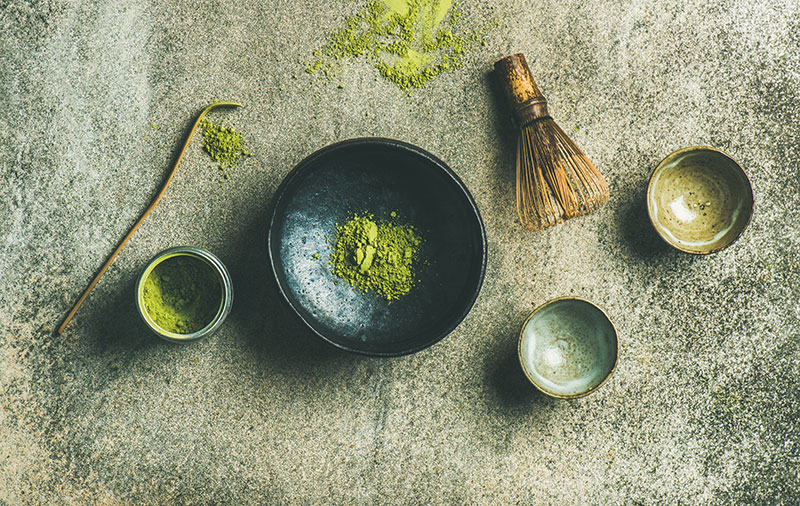
Photo for illustrative purposes
Main tea utensils and their roles
Common utensils used in sado include the following:
- Chawan: the tea bowl used for drinking matcha
- Chasen: a bamboo whisk
- Chashaku: a bamboo scoop for matcha
- Natsume: a lacquered container for holding matcha
- Cha-ire: a ceramic container for thick matcha
- Kama: a metal kettle for boiling water
- Mizusashi: a container for fresh water
- Hishaku: a ladle for scooping hot or cold water
The choice of utensils varies depending on the season and formality of the tea gathering. Each item is also a work of art and expresses the host’s aesthetic sense and the feeling of the season. Particularly, tea bowls are chosen to match the colors and shapes appropriate for the season.
Tea room and roji layout
The traditional tea room is a small space, usually about 4.5 tatami mats (about 7.3 sq. m / 78.5 sq. ft.).
Tea rooms usually have a tokonoma (alcove) where hanging scrolls and flower arrangements are displayed. Another distinctive feature is the low entrance called nijiriguchi, which symbolizes equality inside the tea room as even high-ranking samurai had to bow their heads to enter.
The roji is the garden path leading to the tea room, an important space to shift one’s mind from the everyday world to the ceremonial setting. It typically features stepping stones, lanterns, and a chōzubachi, creating a serene atmosphere in harmony with nature.
Touching the spirit of Japanese tea ceremony: the heart of omotenashi
The essence of sado lies not only in the formalities and procedures but in the heartfelt spirit of omotenashi. This spirit greatly influences modern Japanese hospitality culture.

Photo for illustrative purposes
Understanding the meaning of wakei seijaku
The phrase wakei seijaku expresses the core philosophy of sado.
“Wa” means harmony, valuing the balance between people and with nature. “Kei” represents respect and the heart of honoring all things.
“Sei” means purity, not only of physical objects like utensils and the tea room, but also purity of the mind. “Jaku” signifies tranquility, emphasizing a spiritual richness over material luxury.
Experiencing wakei seijaku through sado offers a valuable chance to understand the deep layers of Japanese culture and provides mental relaxation from daily stress.
The modern significance of ichigo ichie
The concept of ichigo ichie influences not only the tea ceremony but also Japanese interpersonal relationships and sense of time. It means “this moment, this encounter, is a precious event that will never reoccur.”
In today’s digital society, surrounded by endless streams of information, focusing on “this moment” and valuing the connection with the person in front of you has become even more meaningful.
Feeling the spirit of ichigo ichie during a tea ceremony makes your travel memories sharper and encounters more valuable. This is a precious lesson that influences not only your time in Japan but also your life after returning home.
Practical tips beginners should know
When joining a tea ceremony experience, focusing on basic attitude and simple points is more important than perfect etiquette. Here are some helpful tips for beginners.
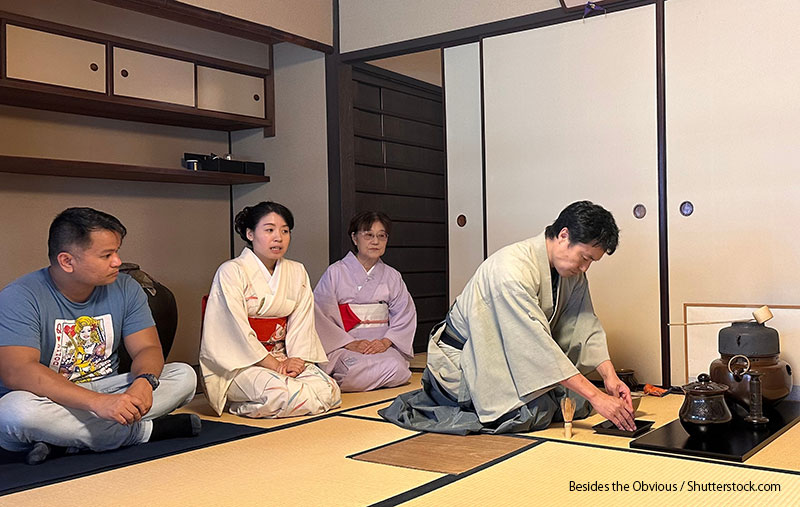
Photo for illustrative purposes
Preparation and mindset
Before participating, it’s useful to memorize simple key phrases and greetings. Saying “osaki ni” before eating sweets, or “otemae chōdai itashimasu” to express gratitude for the tea prepared, will enrich your experience.
Wearing traditional clothing is not required, but comfortable attire that allows sitting on tatami is recommended. For skirts, choose a length that makes sitting in seiza easier.
It is also recommended to wear white socks before attending, since shoes must be removed and going barefoot on tatami is generally avoided. Avoid strong perfumes and keep accessories minimal.
Dealing with unexpected situations
If you find seiza painful during the ceremony, do not panic. You can quietly ask nearby participants or communicate with the host using eye contact and gestures.
If unsure about any etiquette, watching and imitating others is a good approach. Many tea ceremony hosts accommodate foreign guests, and those who do usually provide explanations in English when needed.
The most important spirit in sado is thoughtfulness and harmony. Participating with a caring attitude and gratitude is far more important than perfect manners. Don’t fear mistakes—enjoy the unique cultural experience.
Summary
This article has explained the Japanese tea ceremony from its historical background to its spiritual meaning and practical etiquette. Sado is not just a ritual for drinking tea but a comprehensive art embodying Japanese aesthetics and spiritual culture.
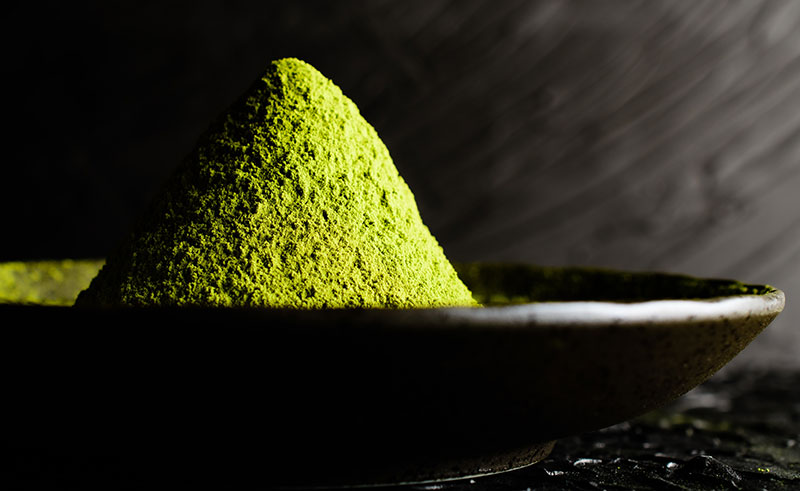
Photo for illustrative purposes
- Sado symbolizes Japanese culture that cherishes the spirits of omotenashi and ichigo ichie
- Knowing basic etiquette enriches your tea ceremony experience
- Participating with a heart full of thoughtfulness is more important than perfect form
When traveling in Japan, be sure to join a tea ceremony experience and immerse yourself in the profound depth of Japanese culture. This will not only become a precious memory of your stay but also a wonderful opportunity to deepen cross-cultural understanding.
